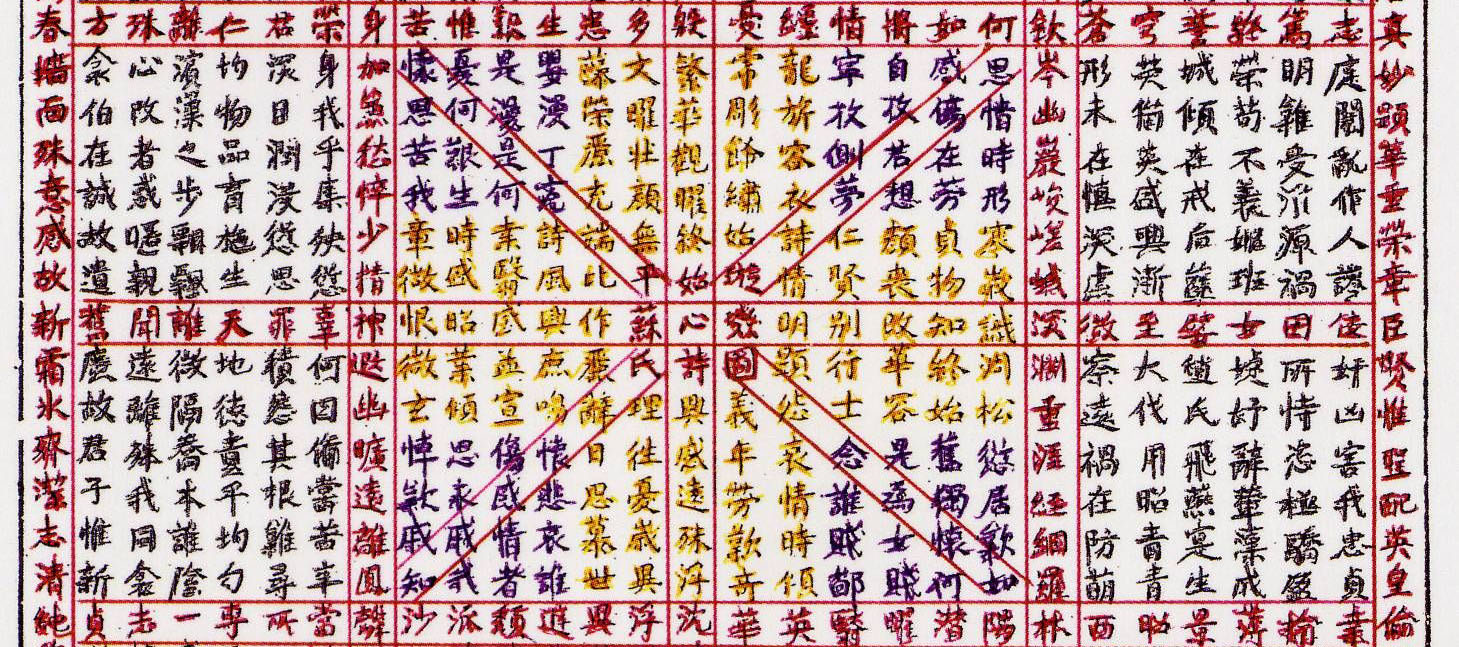Hyperliterature

The vast majority of fiction on the web is nonergodic: stories presented as linear text. Yet, in an age where everyone has a supercomputer in their pocket, literature can take on any shape imaginable. In recent years, some pieces have taken advantage of these capabilities—not as a gimmick, but in a way that is integral to the narrative.
Let’s call this hyperliterature 1.
Imagine a love story told through interactive Gmail threads. Or a corporate heist as seen through the history of a Google Doc, where blinking cursors become characters and edits drive the plot. Or a tale where the main character goes mad, and the words themselves begin to seize control of the webpage as you scroll.
While there are platforms and magazines devoted to electronic literature, many stories are not friendly to a wide audience, which is key for a new medium to take off. Nonergodic stories doesn’t have to mean it has to be inscrutible.
So, I’m starting a list, which you’ll find below. My criteria for inclusion are:
- Online and accessible via mobile devices.
- Agency isn’t required. (ie. no choose your own adventure stories or games).
- Compelling narrative.
- Doesn’t require enormous amounts of time or expertise to enjoy. (ie. no sprawling wiki universes)
If you have any additions, please drop me a line.
17776: What football will look like in the future by Jon Bois — SB Nation
A serial piece about space probes in the far future that have gained sentience and are watching humanity play an evolved form of American football. GIFs, animations, and found digital media galore.
Adrien Brody by Marie Calloway
An account of the author’s romantic relationship with a married journalist, Adrien Brody. Told via emails, texts, and other exchanges.
Breathe by Kate Pullinger
A ghost story in tap format that uses the phone’s location, camera, and other metadata to affect the plot.
Fish: a tap essay by Robin Sloan
An essay presented via quick taps. Even though this is a mobile app, the medium itself could be easily ported to web. Wonderful use of typography and colors.
Harmonia by Liza Daly
A story about utopian ideals utilizing gorgeous marginalia, typefaces, and interactions. The author has open sourced the framework used to build the narrative.
Homestuck by Andrew Hussie
A sprawling webcomic about a group of teenagers that bring about the end of the world. It incorporates ecletic elements like chat logs and animated GIFs.
Hot Spot by James Yu
My own piece about synesthesia and the simulation theory. As you scroll, you experience colors in words similar to the main character of the story.
Infinity Blade by J. Nicholas Geist — Kill Screen
A review of the game Infinity Blade that mirrors the cyclical structure of the iOS game by restructuring itself in successive “bloodlines.”
The Interface Series by _9MOTHER9HORSE9EYES9 — Reddit
A horror science fiction story written across disjoint Reddit comments.
STET by Sarah Gailey — Fireside Fiction
A story about autonomous vehicles and the trolley problem told through comments on a digital document.
You Are Here by Bogi Takács — Strange Horizons
A poem which reconstructs itself into a new poem using the same words.
-
There's other similar terms like interactive fiction, cybertext, hypertext fiction. However, these focus on the reader’s ability to affect the plot. I’m not interested in this kind of agency, because readers still crave narratives that form a predetermined story from start to finish.